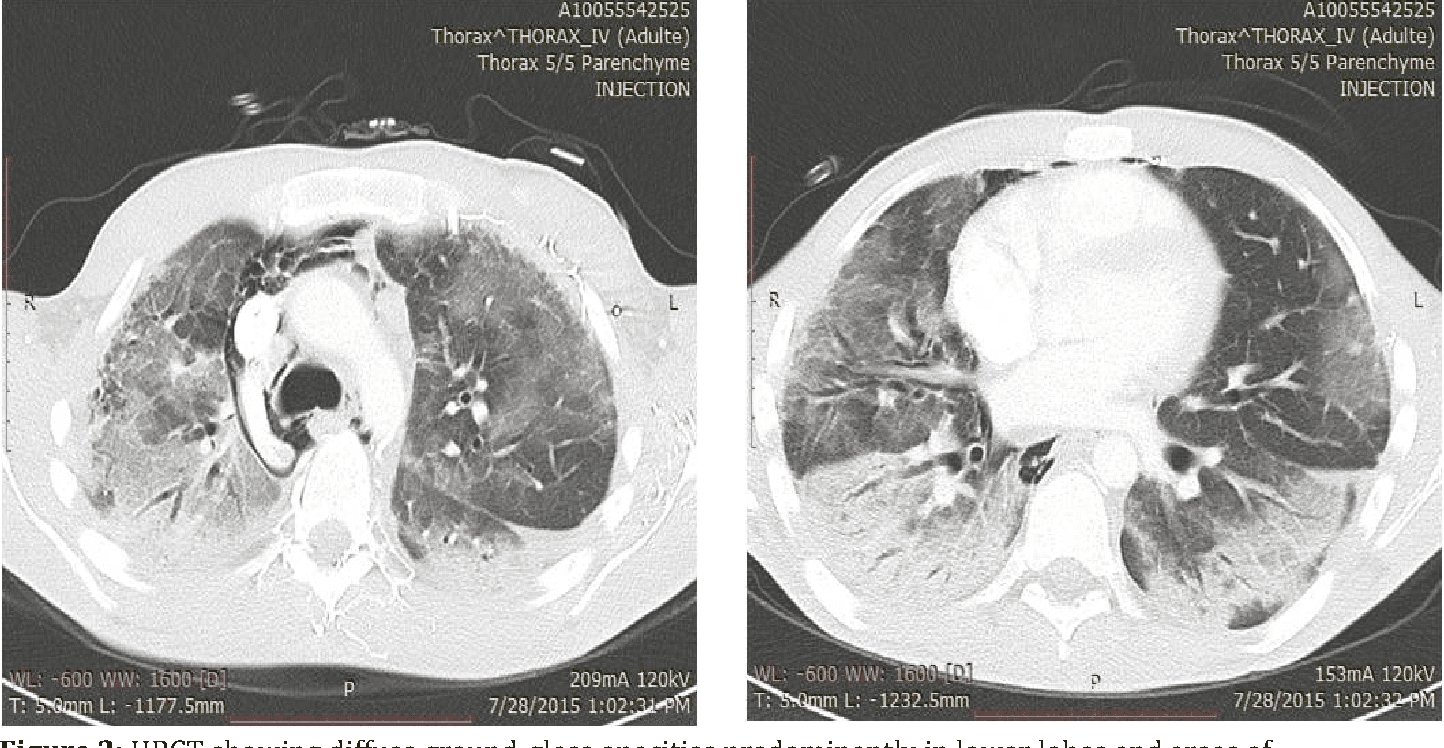Introduction
Patients with a history of bleomycin treatment, an antitumor antibiotic, may present unique challenges when they require anesthesia for elective surgeries. Bleomycin-induced pulmonary toxicity is a well-recognized adverse effect of this drug and can lead to significant respiratory complications. In this article, we will outline an anesthetic plan for a patient with a history of bleomycin-induced pulmonary toxicity who is scheduled for an elective laparoscopic hysterectomy.
Patient Assessment
Risk Factors
Before proceeding with anesthesia, it is crucial to identify and assess the patient’s risk factors for bleomycin-induced pulmonary toxicity. These risk factors include:
| Risk Factors | Comments |
|---|---|
| Age (especially over 40 years) | Advanced age is associated with an increased risk. |
| Cumulative bleomycin dose | Higher cumulative doses increase the risk. |
| Concomitant use of other chemotherapy drugs | Combined therapy may potentiate pulmonary toxicity. |
| Exposure to high fractions of inspired oxygen | High FiO2 can exacerbate lung injury; use caution. |
| Previous thoracic radiation therapy | Increases the susceptibility to lung toxicity. |
| Renal insufficiency | Impaired renal function may affect drug clearance. |
| Use of colony-stimulating factors (G-CSF) | May increase the risk of pulmonary toxicity. |
Clinical Presentation
Understanding the clinical presentation of bleomycin-induced pulmonary toxicity is essential. Patients may experience symptoms such as nonproductive cough, dyspnea, chest pain, fever, tachypnea, and auscultatory crackles. Rapidly progressive symptoms may indicate hypersensitivity pneumonitis. Acute chest pain during bleomycin infusion is relatively rare but should be noted.
Preoperative Evaluation
Diagnostic Tests
- Pulmonary Function Testing (PFT): A baseline PFT should be obtained before surgery. Pay close attention to the diffusing capacity for carbon monoxide (DLCO), as it may be decreased in most patients exposed to bleomycin. However, keep in mind that PFTs, including DLCO, are neither sensitive nor specific for predicting bleomycin lung toxicity.
- High-Resolution CT Chest (HRCT): HRCT is not routinely used as a screening tool for bleomycin-induced lung injury. Still, it can provide valuable information about the lung abnormalities associated with bleomycin toxicity.
Anesthetic Plan
Preoperative Optimization
- Patient Education: Ensure the patient understands the potential risks associated with anesthesia and surgery, given their history of bleomycin treatment.
- Risk Assessment: Collaborate with pulmonologists and oncologists to assess the patient’s pulmonary status and overall suitability for surgery.
- Surgical Technique: The choice of laparoscopic hysterectomy can minimize the surgical stress response and may be preferred in this patient population.
Anesthetic Technique
| Anesthetic Technique | Comments |
|---|---|
| Preoxygenation | Use caution with high FiO2 during preoxygenation. |
| Intraoperative Monitoring | Continuous pulse oximetry, end-tidal CO2, and BP monitoring. |
| Anesthesia Induction | Gentle induction to minimize hemodynamic changes. |
| Ventilation Strategy | Lung-protective ventilation: low tidal volumes, PEEP. |
| Hemodynamic Stability | Maintain stable BP and HR to reduce oxygen consumption. |
| Pain Management | Effective pain control to promote early ambulation. |
| Emergent Response Plan | Prepare for respiratory distress; have airway equipment. |
Conclusion
Anesthetic management for patients with a history of bleomycin-induced pulmonary toxicity requires careful assessment, monitoring, and perioperative planning. Collaboration with a multidisciplinary team, including pulmonologists and oncologists, is essential to ensure the safety and well-being of the patient undergoing elective surgery. By following a structured anesthetic plan and taking precautions to minimize the risk of pulmonary complications, we can provide optimal care for these patients.

